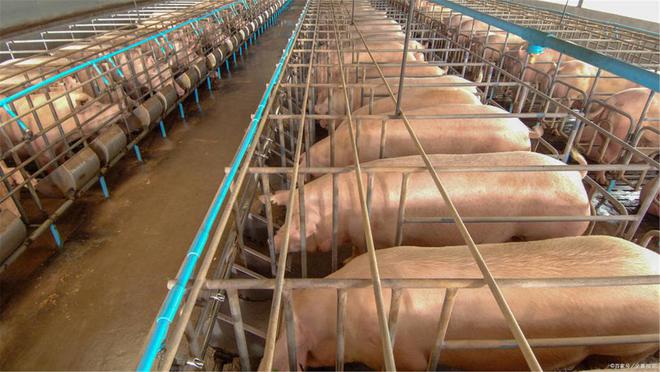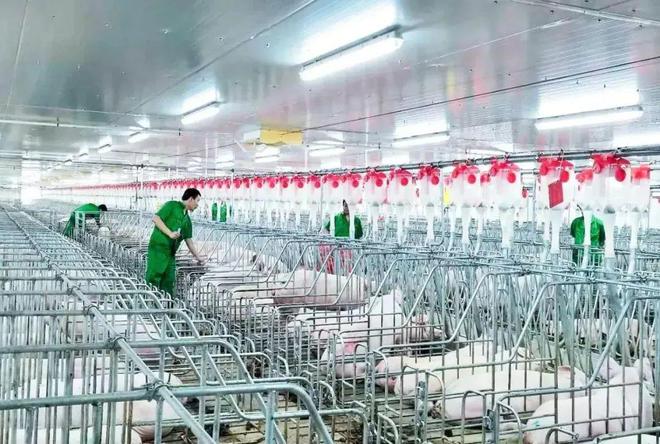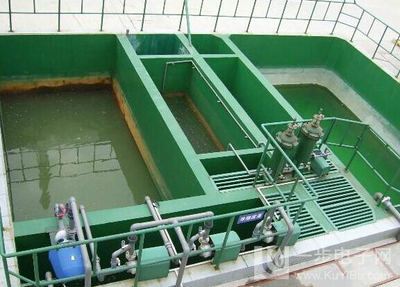
With the continuous expansion of breeding scale and the sharp increase in the number of livestock and poultry, a large number of livestock and poultry manure and sewage have become sources of pollution. If the pollution produced by these farms is not dealt with in time, it will cause great harm to the environment, leading to the deterioration of the ecological environment, the decline in the quality of livestock and poultry products, and endangering human health. The backwardness of pollution control technology in aquaculture will seriously restrict the sustainable development of aquaculture.
The main characteristics of aquaculture wastewater are: large displacement, high concentration, large hydraulic shock load; high concentration of organic matter, fast hydrolysis and acidification, and good sedimentation performance; sewage is usually accompanied by pollution such as clean water, heavy metals, residual veterinary drugs, and various human and animal pathogens thing.
The wastewater discharged by farms every day is large in volume and high in concentration, and contains a large amount of pollutants, such as heavy metals, residual veterinary drugs and a large number of pathogens. If it is discharged into the environment or used directly in agriculture without treatment, it will cause serious pollution to the ecological environment and farmland.
Farm wastewater can also be treated with PAM. The COD in livestock farm sewage and manure sewage is high, and cationic polyacrylamide should be used as sewage and manure treatment agent. Livestock manure wastewater contains high concentrations of suspended solids. Returning livestock and poultry manure wastewater to the field for fertilization is a traditional, economical and effective treatment method, which can prevent livestock and poultry manure from being discharged into the external environment and achieve zero sewage discharge. Due to the large scale of the aquaculture industry and the large discharge of production wastewater, polyacrylamide should be selected according to the nature of the wastewater. The dosage of cationic polyacrylamide PAM is small, and the effect is obvious.
We suggest: to treat pig farm wastewater, first choose cationic polyacrylamide.
| No. | ITEM | UNIT | STANDARD | RESULT |
| 1 | Appearance | white granular powder | white granular powder | |
| 2 | Molecular weight | -- | ≥10 million | 10 million |
| 3 | Cation degree | % | 5.0-95.0 | 35 |
| 4 | Solid content | % | ≥90.0 | 92.1 |
| 5 | Acrylamide monomer content | % | ≤0.02 | 0.02 |
| 6 | Dissolution time | min | ≤90 | 45 |
| 7 | Water insoluble | % | ≤0.3 | 0.2 |
Pig farm wastewater includes washing wastewater, fecal wastewater, urine and other fecal wastewater, which is rich in organic matter and elements such as air, phosphorus, and potassium required for the growth and development of crops. The content of organic matter is dozens of times higher than that of ordinary wastewater, and cations are usually used to treat this type of wastewater.
In pig farm wastewater treatment, the first thing to pay attention to is to filter out a large amount of suspended solids contained in wastewater through fences or screens, which can reduce the content of suspended solids in wastewater and reduce pollutants in wastewater. The dosage of the drug can save money. Then, add the completely dissolved polyaluminum chloride solution into the sewage, and then add the cationic polyacrylamide solution. They work together to effectively remove suspended solids, part of ammonia nitrogen and phosphorus in the water, and at the same time, the chemical oxygen demand in the water is also significantly reduced. . In subsequent governance, the difficulty of governance will be greatly reduced.
Cationic polyacrylamide can be used for sludge dehydration, and the corresponding product model can be selected according to the properties of the sludge. The utility model can effectively dehydrate the sludge and then enter the filter press. In the dehydration process, the sludge has the advantages of large skeleton, non-stick filter cloth, no dispersion during filtration, thick mud cake, high dehydration efficiency, and the moisture content of the mud cake is below 80%.
Other related products:
If you want to know more product details, please contact us



